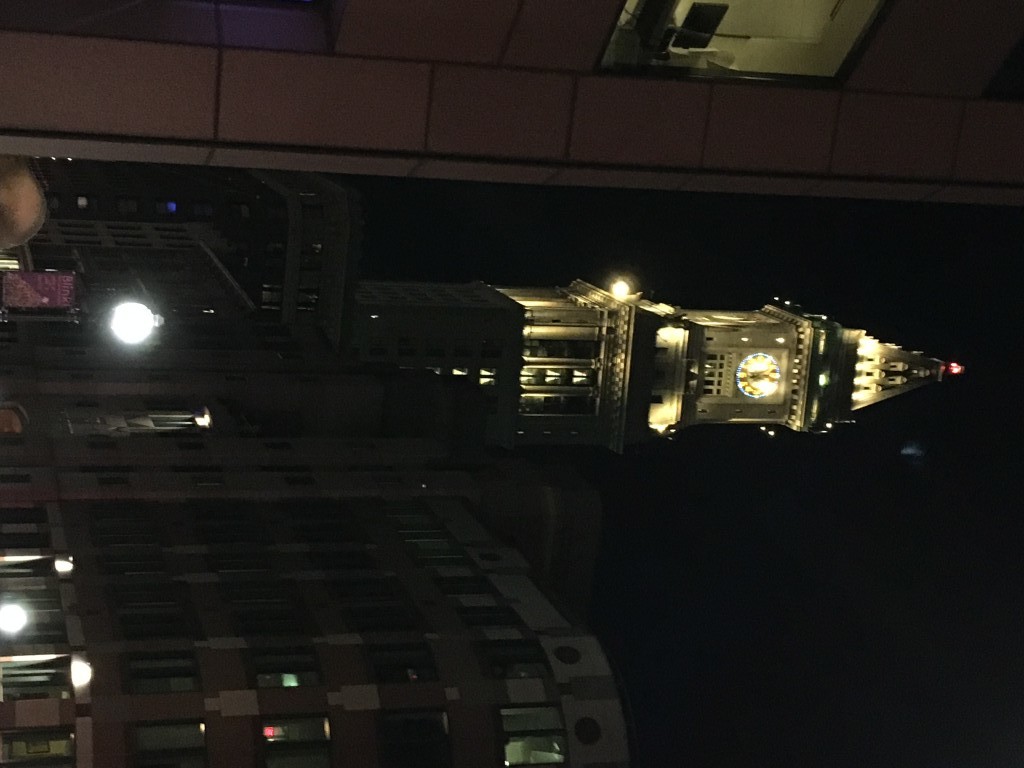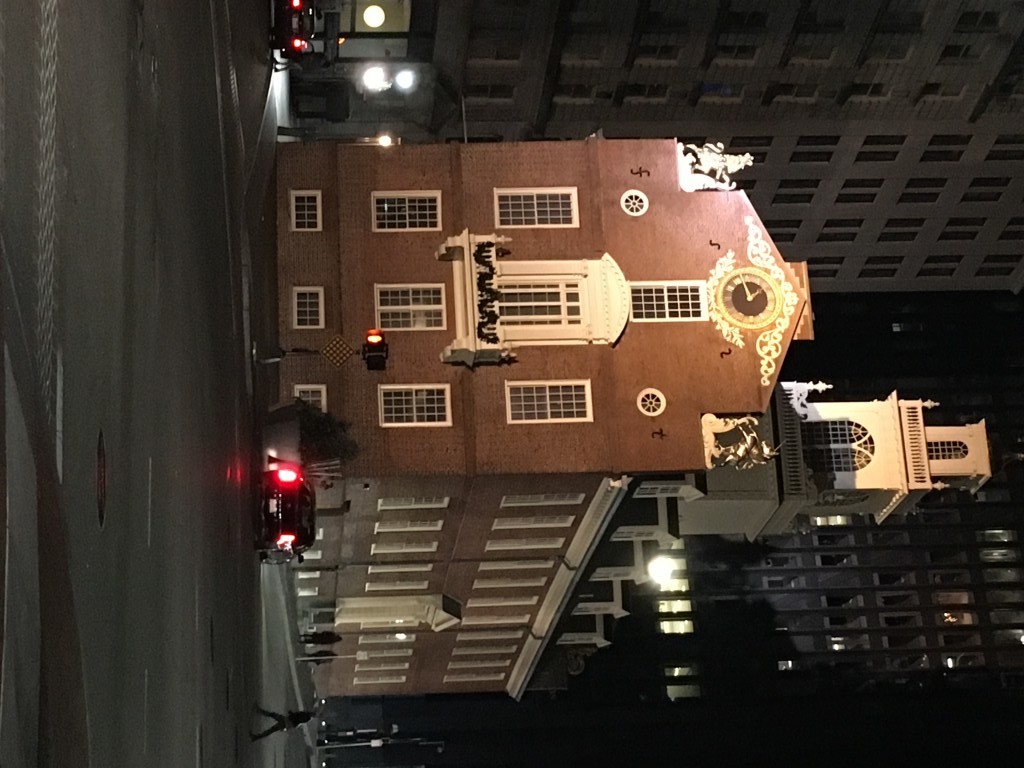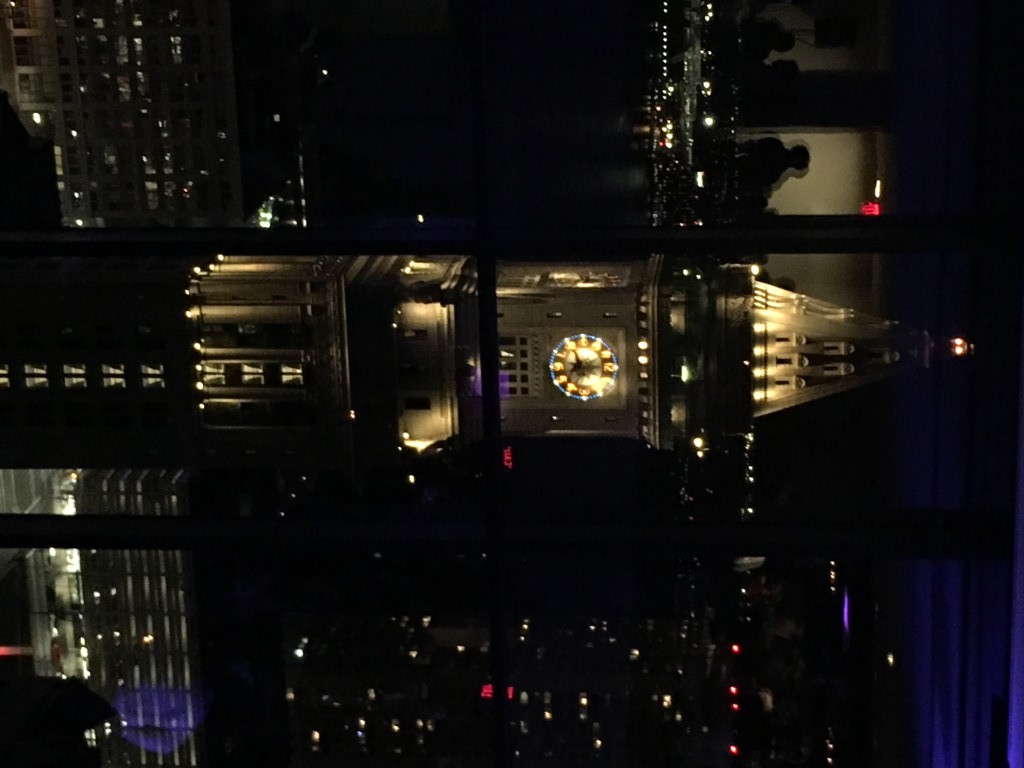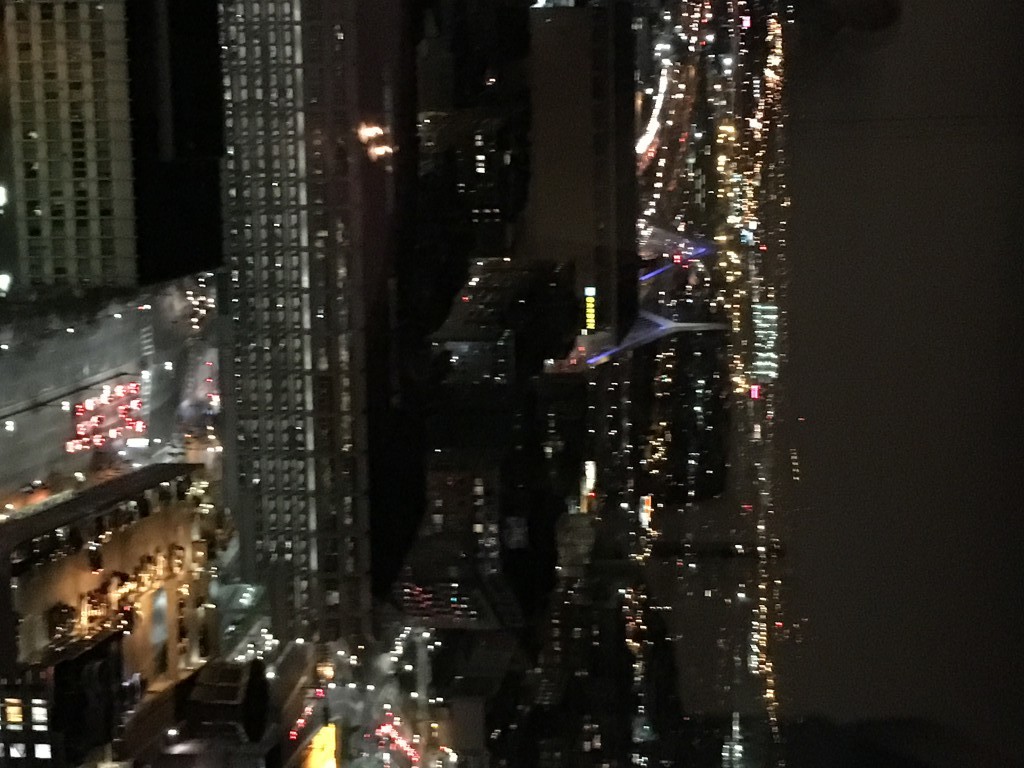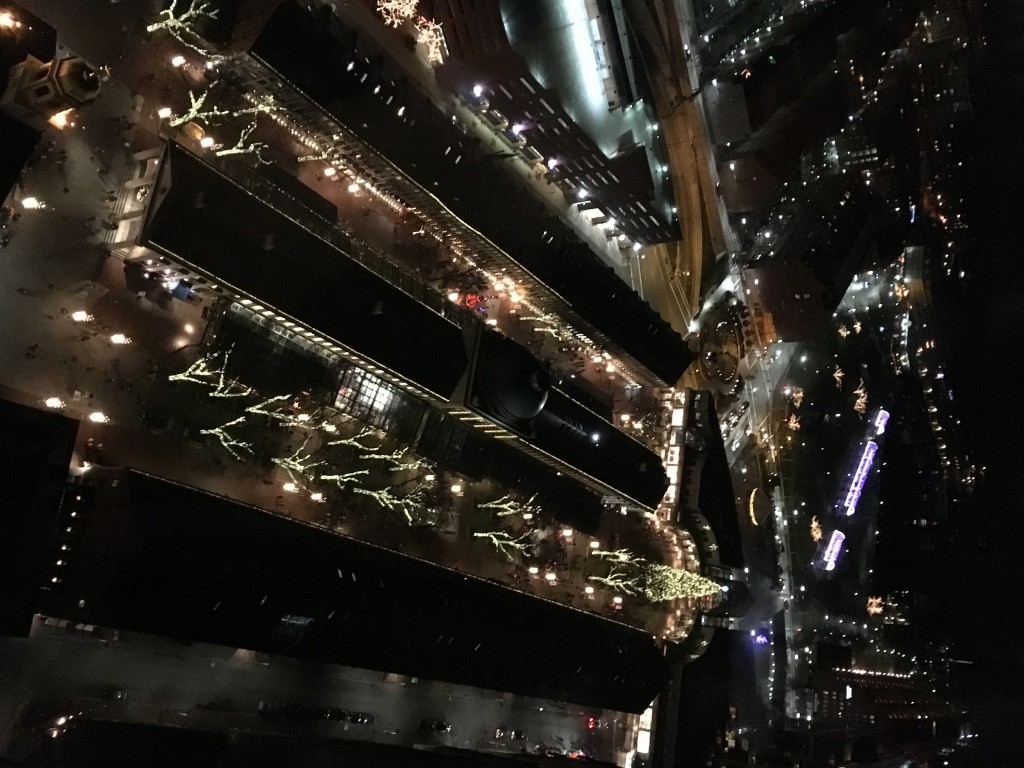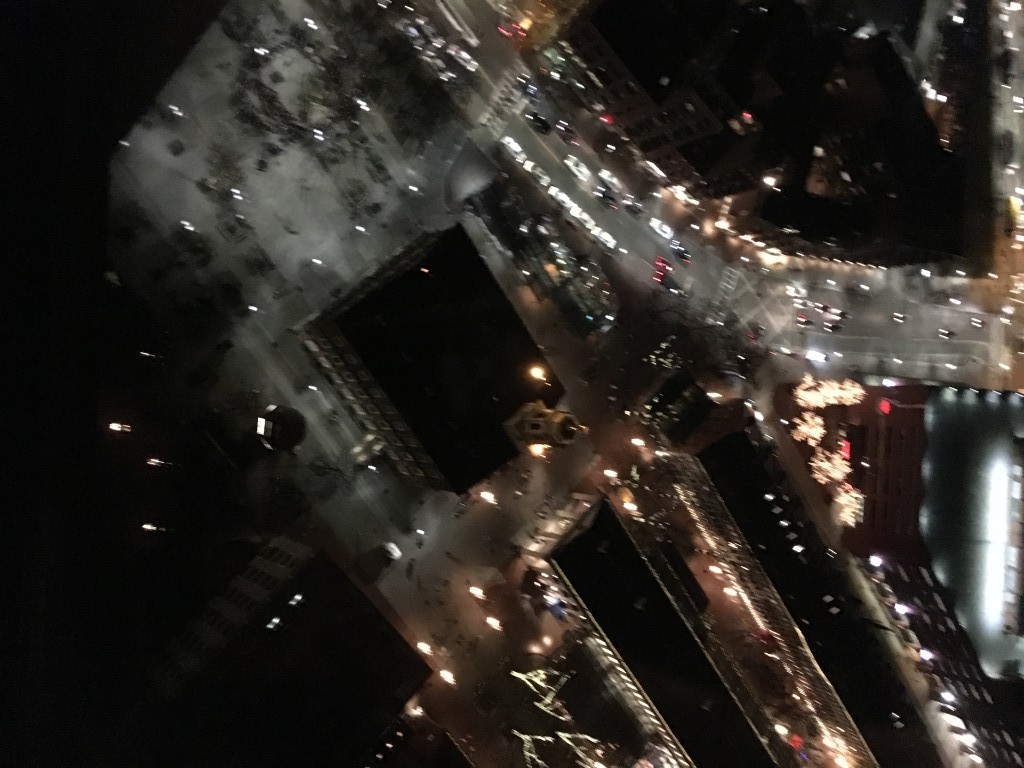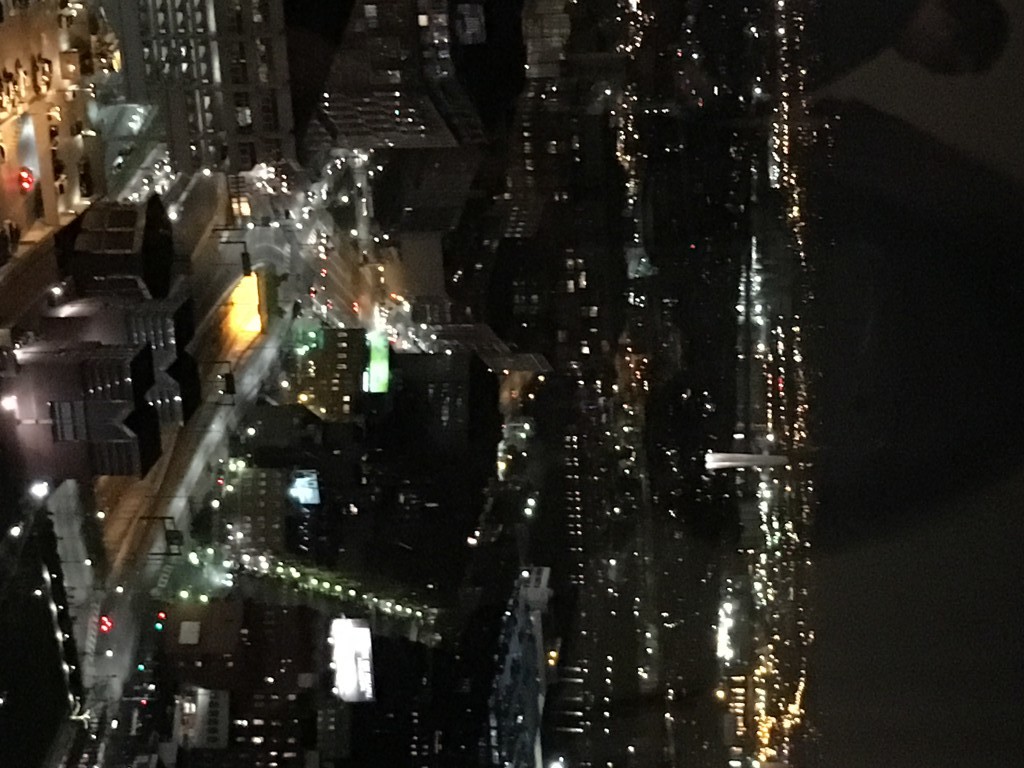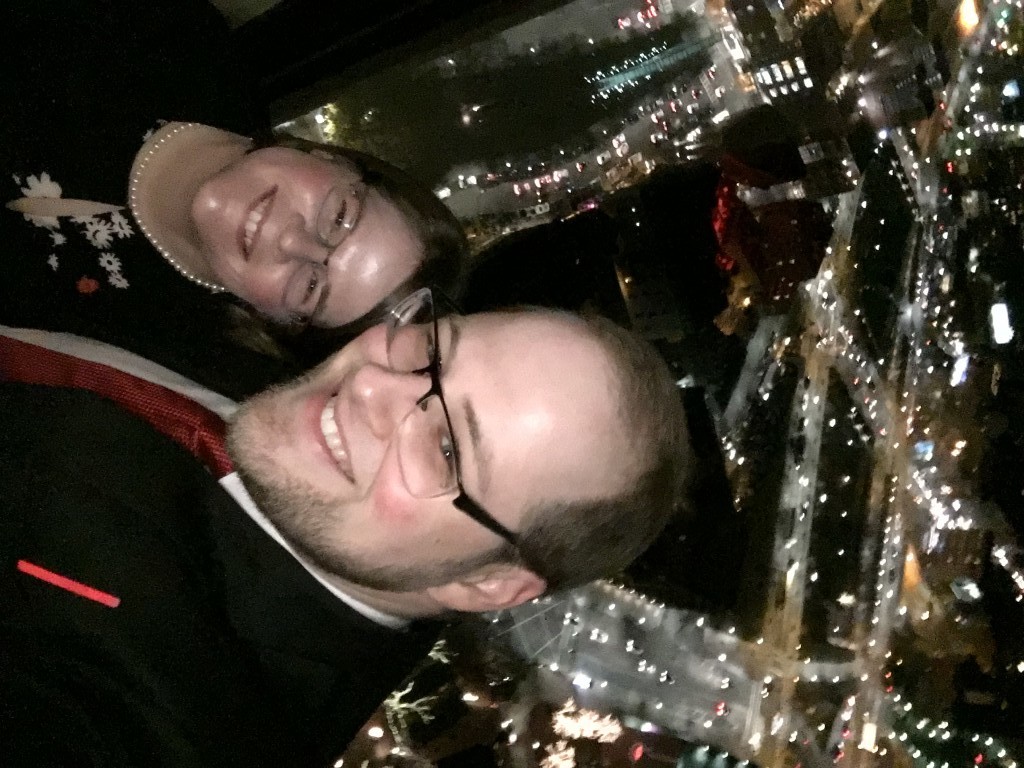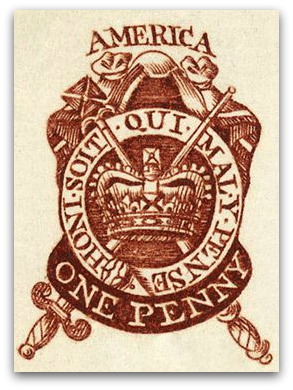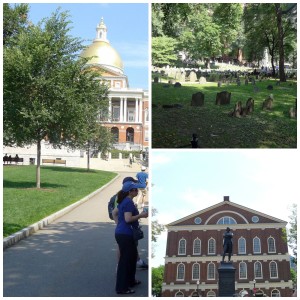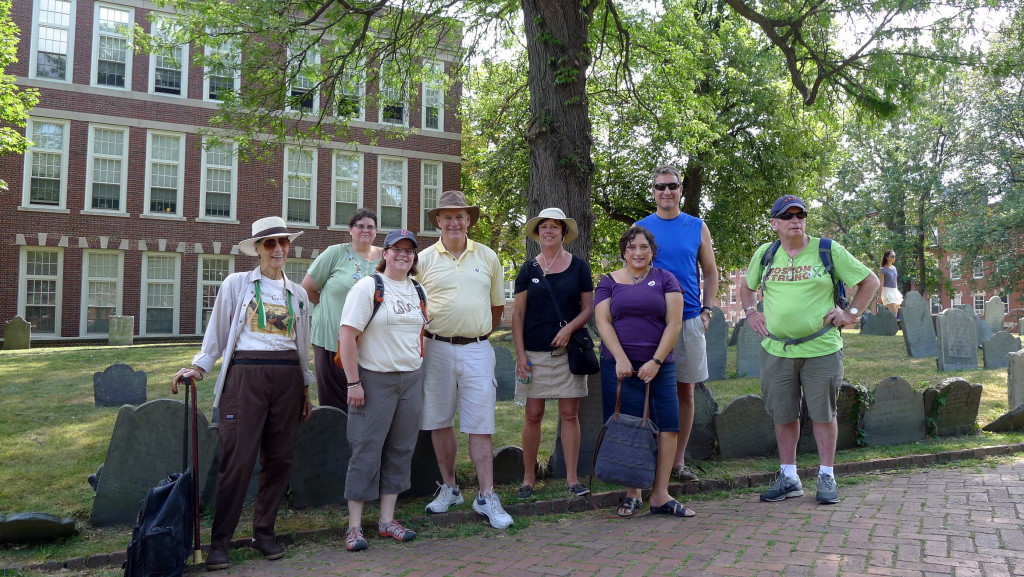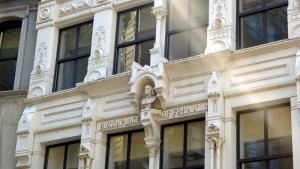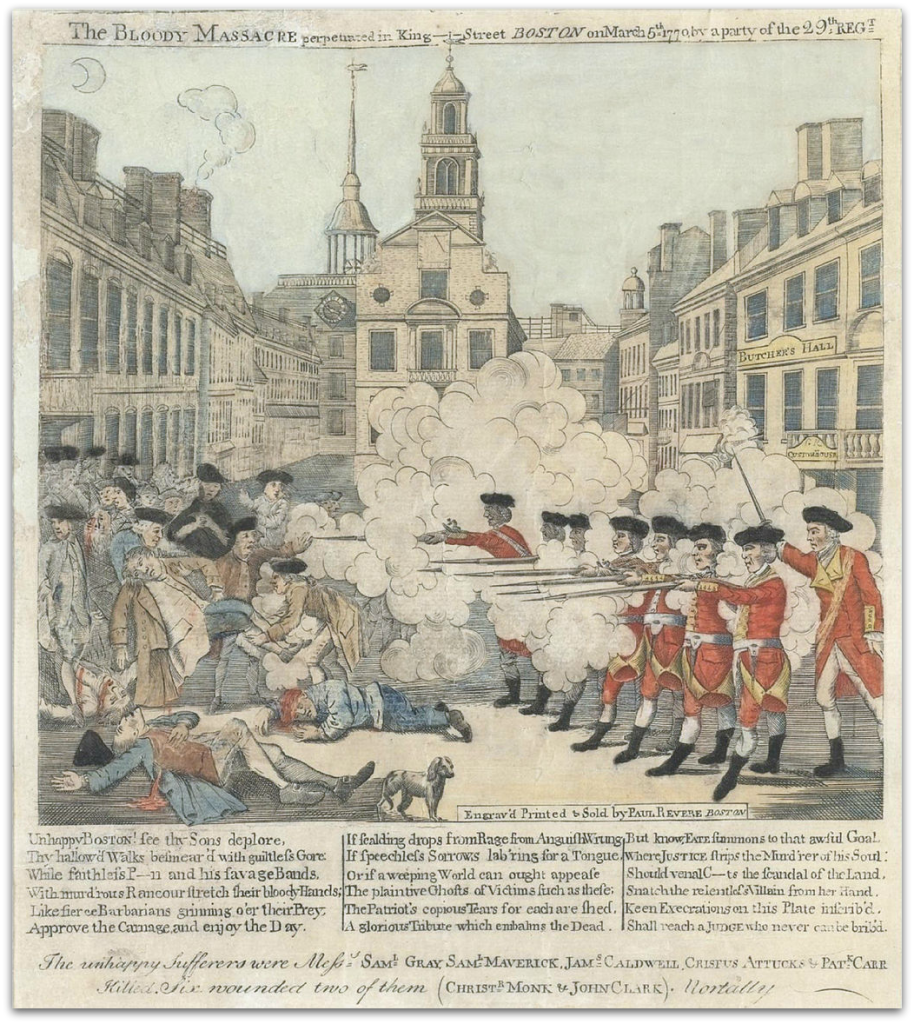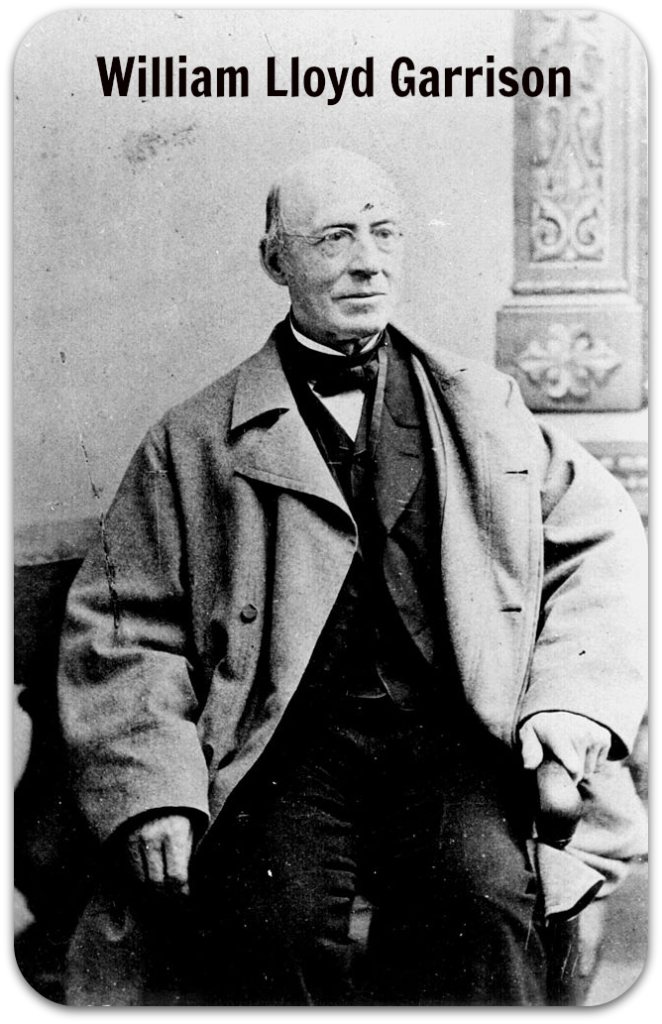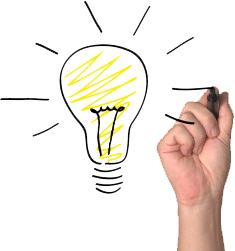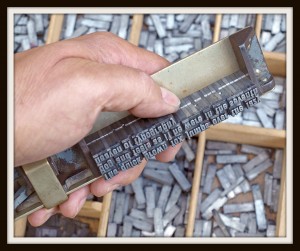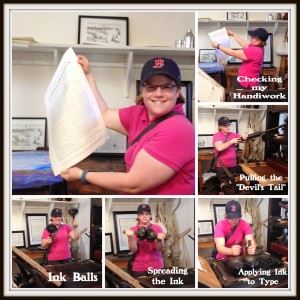What did early America sound like?
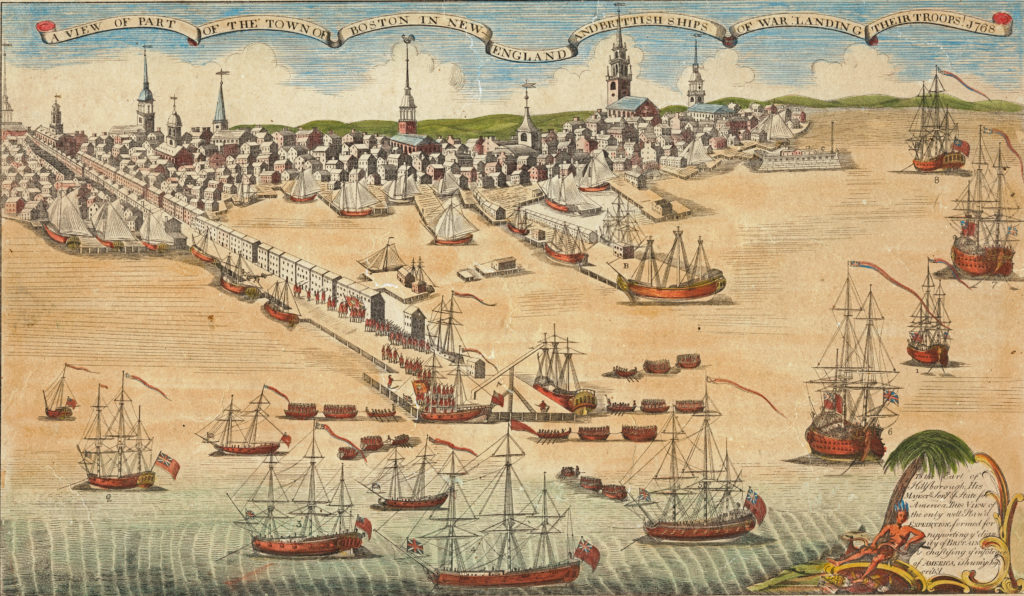
This recurring thought has recently moved from the back of my brain to its front.
I'm fortunate to live in Boston, a city that attempts to preserve vestiges of its early American past even as it builds around them. Living in a place with many visual reminders of the 18th and 19th centuries provides ample reminders to pause and listen for early America.
In recent weeks it has become typical to find me standing at the corner of State and Congress Streets, for example, staring down State Street at the Long Wharf, tuning out the cars in the foreground, and trying to imagine what it sounded like when ships pulled into and out of port and dockworkers loaded and unloaded cargo holds. Or standing on a lawn on the Common trying to imagine the sounds the British military encampments made in 1768 and during the 1770s.
I've even started pacing the sidewalks in my neighborhood in areas where the sidewalk transitions from granite cobblestones to brick pavers. I'm wearing modern shoes, but the sounds my shoes make as they make contact with these different materials sounds different. What would it sound like if I wore period shoes?
Sound shapes our world, mostly in unconscious ways. It drives our experiences in part by establishing context and setting expectations.
Film provides a great example of the power of sound and how it shapes our expectations and experiences.
For example, let's explore a few of the sounds in Star Wars. The movie opens and immediately the music used to introduce the film sets an expectation that we are in for a grand, epic tale about "a long time ago in a galaxy far, far away." Background music and sounds frame scenes so we know if we're watching Tie Fighters chase the Millennium Falcon or a shoot out between rebels and drones. We also know when Darth Vader is coming. His heavy, ominous breathing gives him away even before we see him on screen.
If you want to have some fun, try watching Star Wars (or any other film) without sound. It changes the experience and makes it easy to lose the story because it lacks the context sound provides.
*****
The fourteenth and final episode in the "Doing History: How Historians Work" posted today. Each series episode presents a discussion with one or more of the seventeen historians, archivists, and genealogists I interviewed about how they work with and use the historical process. As I reflect back on all the sage advice they provided, two recurring themes stand out:
1. Process: The production of historical knowledge comes out of a collaborative process based on evidence, analysis, and interpretation. Even historians who claim to work alone rely on work produced by other historians and on sources produced by people who lived in the past.
2. People: History is about people. It's the study of how and why people lived, acted, and responded in different times, places, and circumstances. It tells us who we are as people, communities, and individuals and its knowledge provides us with the intellectual tools we need to navigate and better understand our present-day world.
In the final episode of the "Doing History: How Historians Work" series, Lonnie Bunch, the Founding Director of the Smithsonian's National Museum of African American History and Culture stresses that historians need to humanize the past so that everyone can relate to history and realize that the past is alive and a part of who they are.
For most humans, sound is a fundamental part of who we are. It's an essential part of our humanity as it frames every moment of every day and shapes our preferences and moods.
Sound has the power to humanize the past in a way that the text in books, articles, and exhibits cannot. It has the power to evoke mental images, create empathy, and to tell us something about the ways people lived, worked, and responded to events in ways that we cannot fully understand through text alone. I believe that sound can work with the other media historians produce to create a more three-dimensional image of past peoples, places, and events and to make them seem more real, more human.
Therefore, I plan to spend 2017 thinking more consciously about what early America sounded like and experimenting with sound in my scholarship. I expect you will see and hear the results of my thinking in future podcast episodes--especially those in the forthcoming "Doing History: To the Revolution!" series and in how I think and talk about my new book project on the Articles of Confederation--a project that I've already begun to compose in both text and sound.
That's what I'm working on in 2017. What aspect of history will you be working on and exploring?


